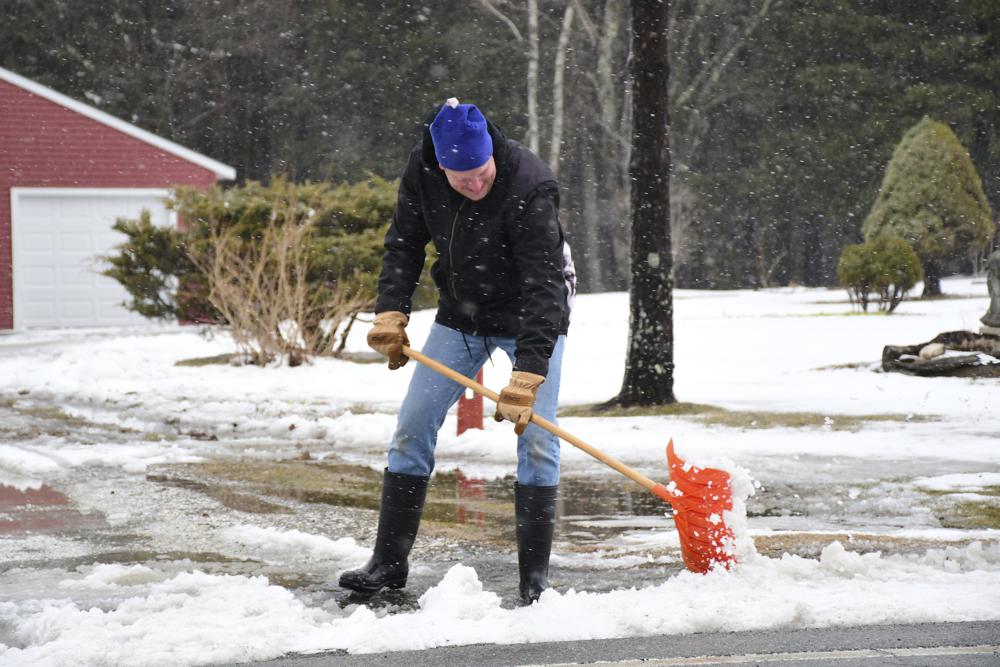A late-season storm dumped six inches (15 centimeters) or more of heavy, wet snow on parts of Pennsylvania, upstate New York and northern New England on Tuesday, snapping tree limbs and interrupting power to more than 250,000 customers.
In the hard-hit area around Binghamton, New York, a travel ban was lifted in the late afternoon by Broome County Executive Jason Garnar, but he discouraged people from driving as crews continued to remove tree limbs and downed wires.
Some higher-elevation areas in that region had 14 inches (35 centimeters) of snow by morning, although accumulations were less for lower-lying areas, according to the National Weather Service in Binghamton.
“It was a very heavy snow. And as a result, the weight … is snapping these limbs, which is sad when you see your beautiful trees harmed like that,” New York Gov. Kathy Hochul said on Binghamton radio station WNBF. “But it also can be dangerous for people walking on the streets or walking under power lines, or if people are getting into their cars.”
The spring storm also brought strong gusts that lashed New England, topping at 142 miles per hour (229 kph) on Mount Washington, New Hampshire, and 83 mph (134 kph) at Matinicus Rock off Maine, according to the National Weather Service.
Close to 200,000 customers were without electricity in New York by midday, down to around 170,000 customers by 5 p.m. Outages stretched from the Southern Tier to the Adirondack Mountains. An additional 47,000 customers were without power in northeast Pennsylvania. Most of the 39,000 outages in New England were in Maine and Vermont, where some parts of the state received six inches of snow or more.
The spring snow fell on budding trees and bushes, but began melting by midday in some areas.
Work crews had reduced the number of outages by late afternoon. But Green Mountain Power, Vermont’s largest electric utility, said new outages were expected as the snow continued to fall and gusty winds enter the region.
“We want everyone to be alert to the changing weather conditions and always stay far away from any downed lines or trees as they could still be energized,” the utility’s director of operations, Eric Lemery, said in a statement.
(AP)











